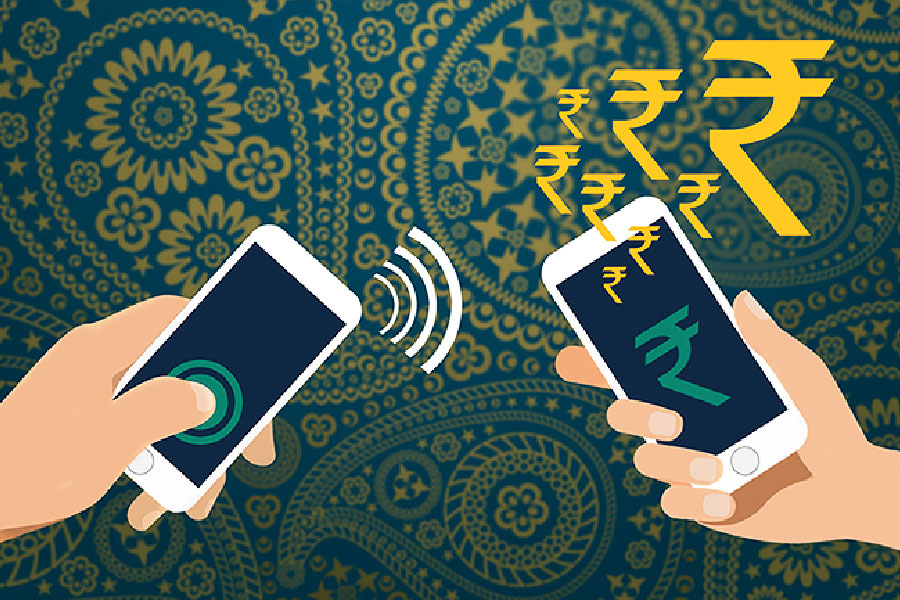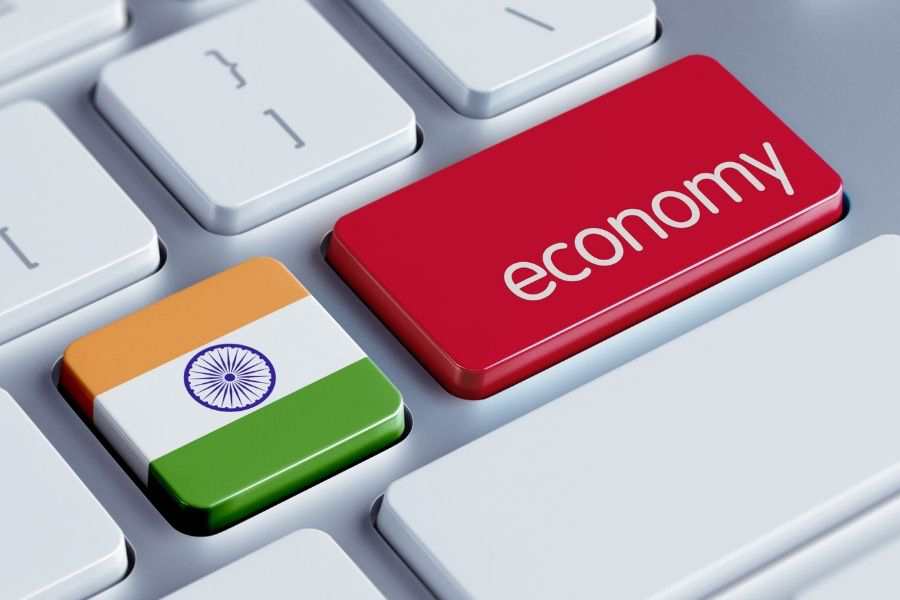India takes a historic digital leap with e-RUPI
After almost a month of launching digital rupee for wholesale segment, National Payments Corporation of India (NPCI) has taken a major step towards further improving country’s monetary and payment systems with the introduction to e-RUPI for retail segment starting December 1.

On Tuesday, 29th November, RBI announced the Central Bank Digital Currency (CBDC) for retail customers and merchants and that it would start piloting its central bank digital currency. To be later expanded to other cities, the e-RUPI pilot will initially cover Mumbai, Delhi, Bengaluru and Bhubaneswar with selected banks including State Bank of India, ICICI Bank, Yes Bank and IDFC Bank. According to the central bank, “the pilot will test the robustness of the entire process of digital rupee creation, distribution and retail usage in real time”.
The e-RUPI is a pre-paid voucher which would be issued in similar denominations like paper currency and coins enabling the users to be able to transact with a digital wallet distributed through participating banks and government organizations to Closed User Group (CUG) including customers and retailers. To begin with NPCI has tied up with more than 1,600 hospitals where e-RUPI can be redeemed.
The retail rupee model is different from the earlier announced wholesale model which is being used by banks for government security transactions. As stated by Jyoti Prakash Gadia, Managing Director at Resurgent India- “The token-based mechanism as announced by RBI for retail is more suited for the common retail customers both for individual customer transactions with selected merchants and also for one individual to another individual”.
The transactions via e-RUPI can be both person to person (P2P) and person to merchant (P2M) and can be made using QR codes displayed at merchant locations. According to RBI, the e-RUPI would offer features of physical cash in terms of trust, safety and settlement. Similar to cash, the e-RUPI would not earn any interest and can be converted to other forms of money like bank deposits.
What is a Central Bank Digital Currency (CBDC)
Similar to cryptocurrency, central bank digital currencies are digital tokens issued by a central bank that are fixed to nation’s fiat currency. Although physical cash is still widely exchanged, many developed countries are switching to CBDCs to promote financial inclusion and simplify the implementation of monetary and fiscal policy.
Applauding the move, Mr Gadia said –“The launch indicates the consistent efforts on the part of RBI to bring out an efficient, user-friendly mechanism of digital currency far ahead of other central banks across the world”.
Status of Central Bank Digital Currencies (CBDCs) around the world

Source: euronews.co
Based on the usage and functions performed by the CBDC, it can be broadly divided in two types – general retail purpose (CBDC-R) and wholesale (CBDC-W). The Retail CBDC is potentially available for use by everyone including private sector, non-financial consumers and businesses. On the other hand, the wholesale CBDC has a restricted access to selected financial and government institutions.
Benefits of CBDC
Even though India already has active UPI users and payments are widely done through available mobile wallet operators like Paytm and Mobikwik, the RBI stated that “CBDCs have some clear advantages over other digital payments systems, as it being a sovereign currency, ensures settlement finality and thus reduces settlement risk in the financial system”.
The implementation of E-RUPI will offer multiple advantages to consumers, some of them are listed below:
- Contactless transaction: Printout of the voucher is not required for transferring the funds
- It offers easy redemption process
- It offers privacy as the user need not share personal details while redemption
- Digital payment app or Bank account is not required
- e-RUPI is operable on basic phones, hence it can be used by persons who do not own smartphones or in places with slow internet connections.
Not only RBI is planning to use CBDC as an alternative payment method competing with wallets and UPI, it is also planning to use it as replacement of cash as a store of value since printing and maintaining physical currencies is incredibly difficult. As compared to digital transactions, CBDC is more anonymous and will have a one-time debit for currency purchase with all subsequent transactions from wallet to wallet.













Leave a comment